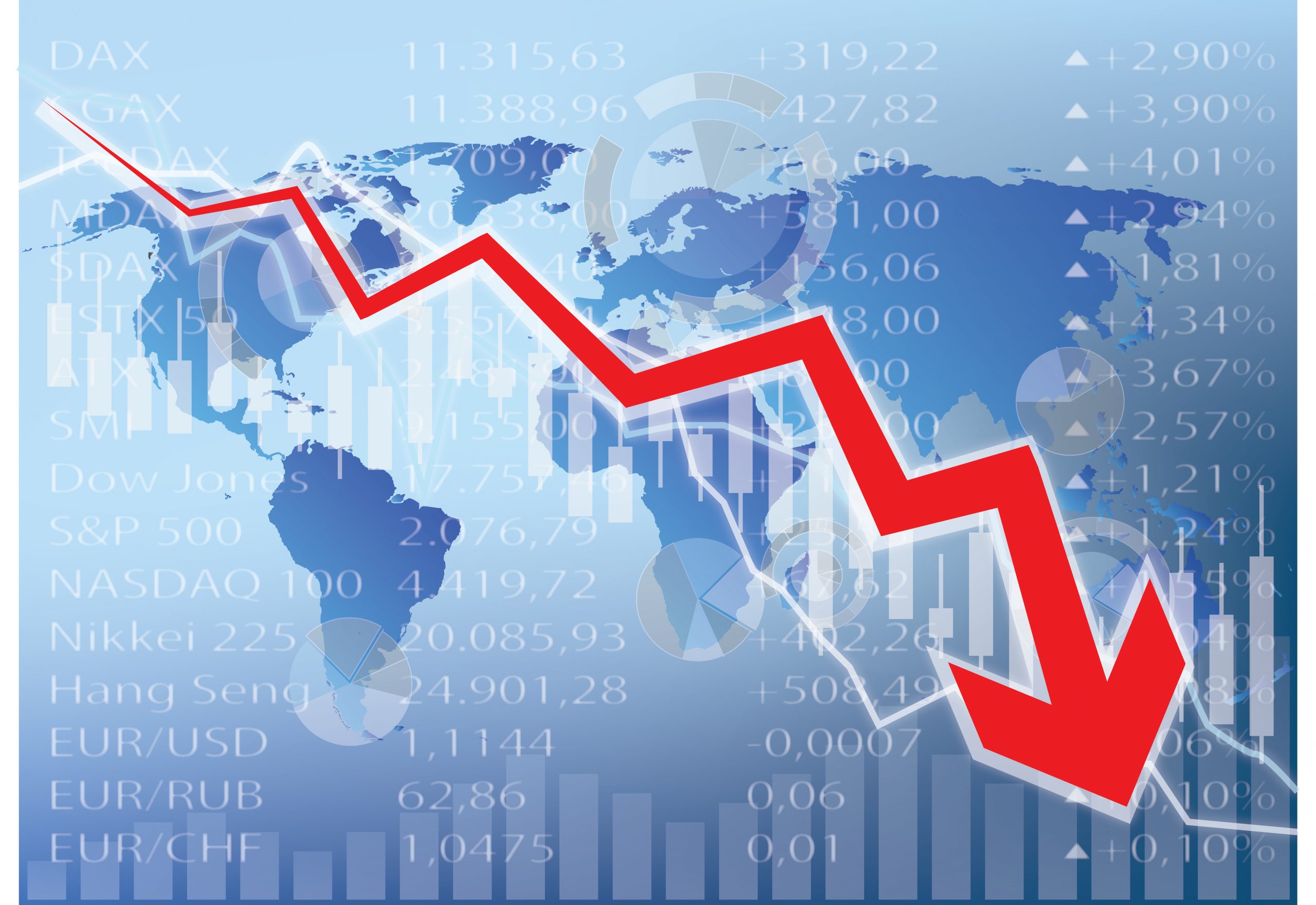Experienced Investor
More than £54bn of investors’ cash held in underperforming funds

The amount of cash in seriously underperforming funds has rocketed since the start of 2020. Is your money languishing in one or more of them?
The twice-yearly name and shame list reveals there are 18 £1bn+ funds lagging, and a record 150 make the league – a 65% increase from the 91 funds listed six months ago.
But a starker figure reveals that the level of assets in underperforming funds has rocketed to £54.4bn, up from £43.9bn in the last addition.
According to Bestinvest, which compiles the ‘Spot the Dog’ report, many more funds are included this time round, with many being small in size. The median fund is £133m.
It said the sectors with the highest proportion of ‘dog funds’ are UK Equity Income (26%) and Global Equity Income (25%), in part reflecting the dividend cuts seen during the Covid-19 pandemic and the outperformance of ‘growth’ stocks.
Overall, the lowest proportion of underperforming funds were found in the UK All Companies and Global Emerging Markets sectors, both of which had just under 11% of their eligible fund universes classified as ‘dog funds’.
Is your money in a dog fund?
Dog funds are those which fail to beat their relevant benchmark over three consecutive 12-month periods and also by 5% or more over the full three-year period. It covers unit trusts and OEICs from a number of Investment Association equity sectors.
At the top of the shame list is the Invesco group, which has 13 underperforming funds with a combined value of £11.4bn – a fifth of all the ‘dog funds’.
Bestinvest notes that those funds previously managed by Mark Barnett (who inherited the firm’s flagship UK equity funds from disgraced Neil Woodford) feature prominently, but with his departure, there may be hope of a turnaround.
Invesco has now been at the top of the shame list for a fifth time in a row.
In second place, in terms of assets, is UK wealth manager St James’s Place with eight funds totalling £6.9bn in the dog house. This includes three UK equity income funds, four global funds and one North American fund.
US fund giant Fidelity takes third place, with £3.9bn in four lagging funds. Three of these are US equity funds, but the fourth is the firm’s former flagship UK fund: the £2.2b Fidelity Special Situations fund.
However, Bestinvest said it rates this fund “highly” under the current manager Alex Wright, “a contrarian who invests in out of favour UK shares with turnaround potential”. While the fund had a tough start to 2020, Bestinvest said it has “bounced back strongly” since late March so its conviction in the fund remains.
In fourth place is Lloyds Bank-owned Scottish Widows which has three funds totalling £3.5bn. These funds are managed by blue chip fund manager Schroders, which takes up the fifth spot with 10 funds on the list. This is the second highest number after Invesco.
Four of these are UK equity funds, four have global remits, and there is one each investing in Europe and North America. Three of the current incumbents have a focus on undervalued stocks with recovery potential,with their presence reflecting the current difficult environment for such an investment approach.
Should you sell?
Bestinvest said the list is “the worst of the worst” as it doesn’t include bonds, property or targeted absolute return funds.
And while investors may be nervous if their money is held in a fund making the list, Bestinvest stresses it’s not a list of funds that should be sold automatically. It’s based on factual analysis of past performance which shouldn’t be used as a guide for how the fund will perform in the future.
Jason Hollands, managing director at Bestinvest, said: “Markets have given investors a rollercoaster ride this year. The Covid crash between late February and the end of March was very rapid but the rebound in stock markets since then has been impressive. However, look beneath the bonnet and there have been big disparities in performance across industry sectors.
“The relative winners have been areas like technology, online stocks and consumer staples companies, but at the other end of the spectrum major sectors like energy and financials have been hit really hard. This has resulted in very wide disparities in performance between fund managers, depending on where their funds were positioned.”
Hollands added there have been wide performances between funds that focus on both ‘quality’ and ‘growth’ companies, where investors are prepared to pay premium valuations, and those funds where the managers target undervalued companies.
“The underperformance of value-focused funds compared to those targeting ‘growth’ and ‘quality’ stocks is a trend that has been playing out for some time now but during 2020 the gap in fortunes between such funds has become quite extreme. This is clearly evidenced by the high number of funds that focus on undervalued companies landing in Spot the Dog, including previously very strong performing funds such as Fidelity Special Situations and Jupiter Income,” he said.
Hollands said: “If you hold any dog funds in your portfolio, you should certainly consider whether or not to stick with them or move elsewhere. However, you should not automatically ditch a fund that has endured a period of disappointing performance without first exploring the reasons why. In some cases, repeatedly poor decision-making or unjustifiably high fees may be to blame. There are a lot of pedestrian funds out there. In others this can be down to a particular approach that has worked well in the past being out of favour with current market trends. In some cases in may make sense to persevere and stay put, if you believe that the factors that have driven the period of underperformance are temporary and will soon lift. However, where there is no turnaround is in sight it might be better to move elsewhere.”